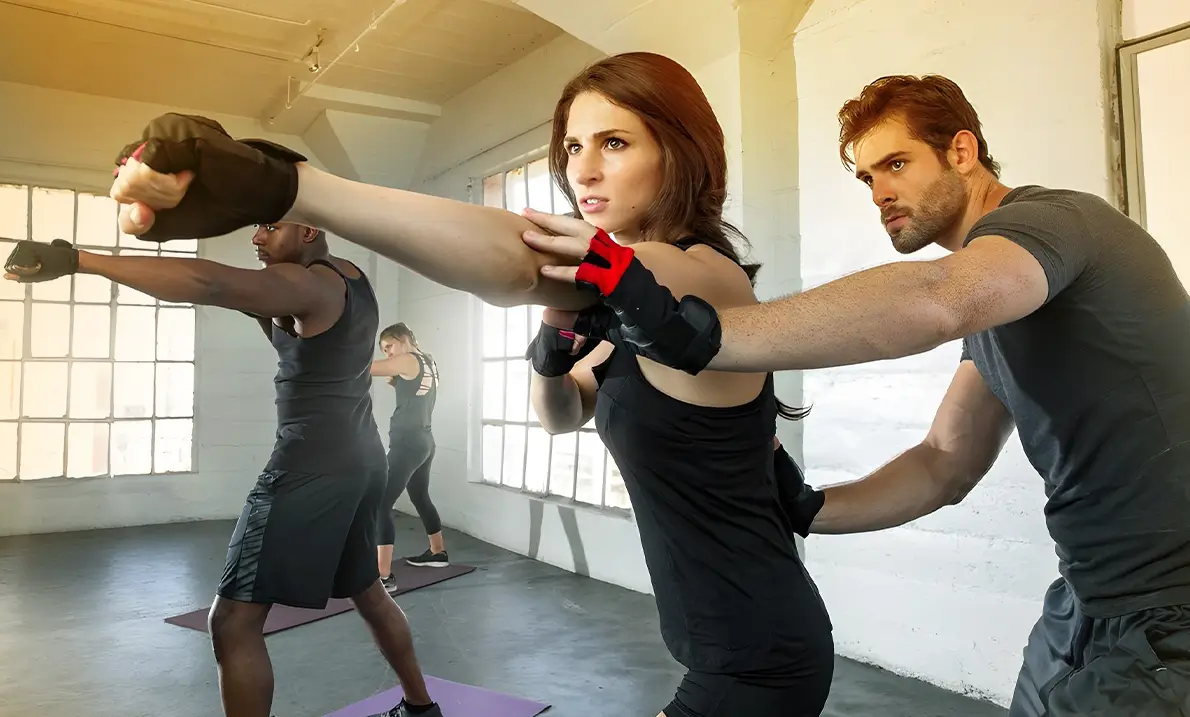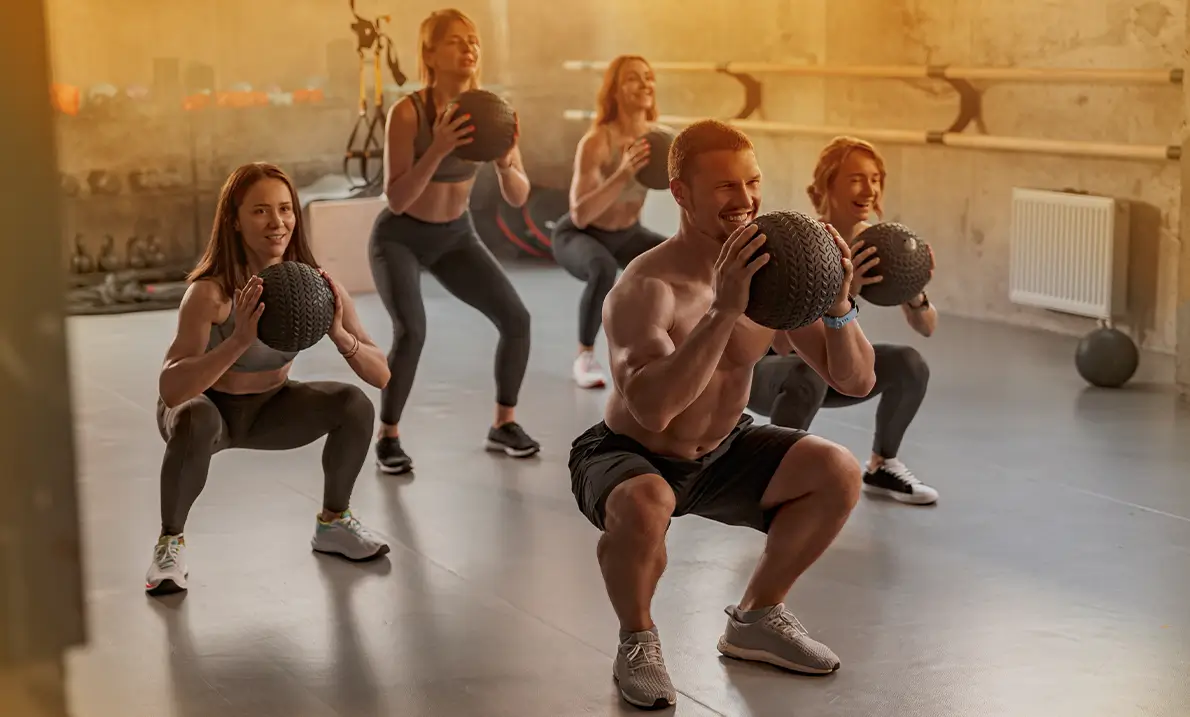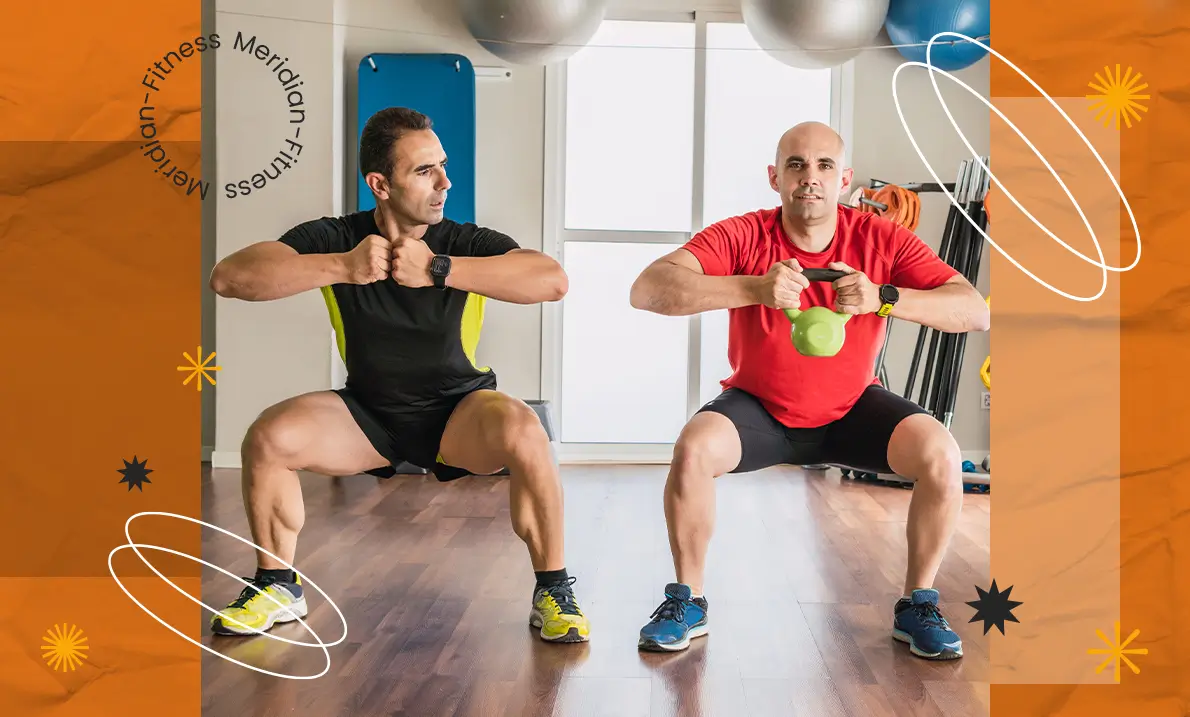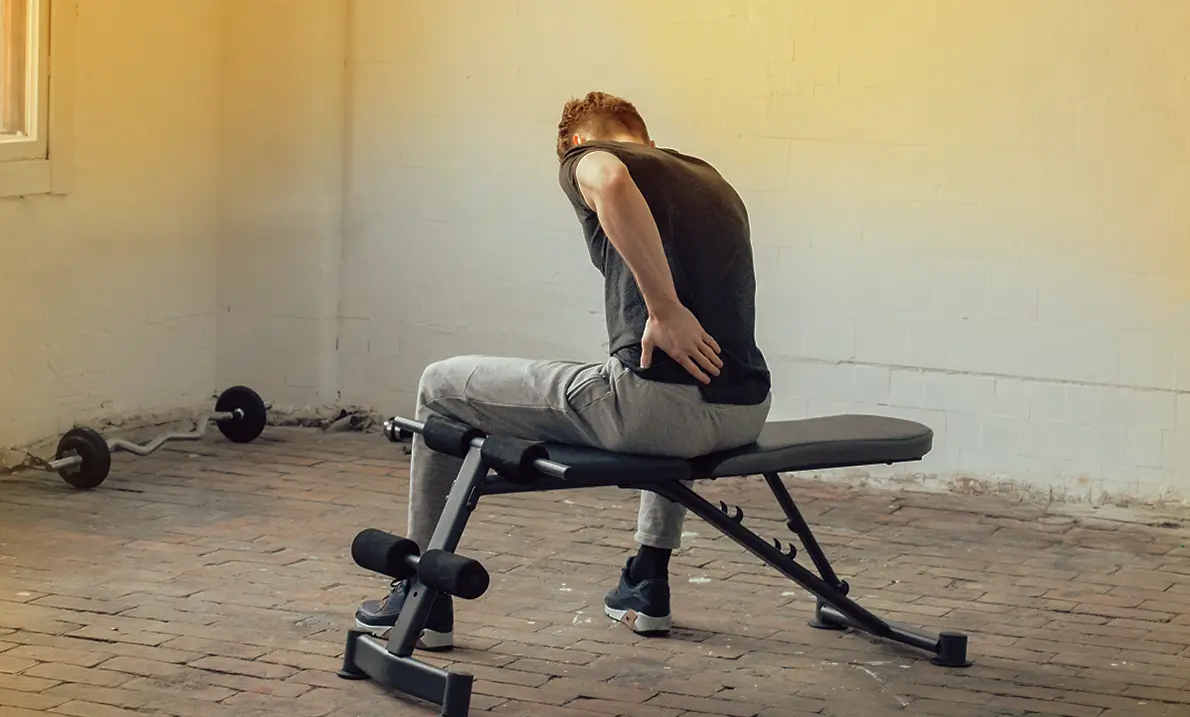Boxing is more than just throwing punches. It requires strength, speed, endurance, and mental focus. While hitting the heavy bag sharpens techniques and power, incorporating fitness classes outside the ring can elevate a boxer’s overall performance. From boosting agility to strengthening core strength, these classes provide crucial benefits that complement boxing training.
Here are some top fitness classes to help boxers stay in peak condition.
STRENGTH TRAINING CLASSES
Strength is important for delivering powerful punches and withstanding blows. Weight-training classes focusing on compound exercises like squats, deadlifts, and bench presses help build muscle mass and overall strength. Functional training classes, including kettlebell swings, medicine ball slams, and resistance band exercises, improve explosive power and coordination.
Circuit training classes are also effective. They combine strength exercises with minimal rest periods to enhance power and endurance. These classes often include bodyweight movements like push-ups and lunges, which mimic the demands of boxing.
HIGH-INTENSITY INTERVAL TRAINING (HIIT)
HIIT classes are perfect for boxers, as they mirror the intensity and short bursts of energy required in the ring. These workouts alternate between periods of maximum effort and brief rest, improving cardiovascular fitness, speed, and stamina. A typical HIIT session might include sprinting, burpees, jump squats, and battle ropes.
HIIT improves anaerobic capacity, essential for rapid combinations and quick recovery between rounds. Moreover, these classes are also time-efficient, typically lasting 30 to 40 minutes, making them easy to fit into a busy schedule.
PLYOMETRICS AND AGILITY TRAINING
Quick footwork and fast reflexes are crucial in boxing. Plyometric classes focus on explosive movements like box jumps, jump lunges, and clap push-ups, which develop speed and power. Agility training classes use equipment like agility ladders, cones, and hurdles to improve foot speed, coordination, and reaction time.
These classes not only enhance a boxer’s ability to move swiftly around the ring but also improve balance and body control. Combining plyometrics and agility drills helps boxers stay light on their feet and maintain control during rapid movements.
CARDIO CLASSES
Endurance is essential for maintaining energy throughout a fight. Cardio classes like spinning, running, and rowing help build cardiovascular fitness and lung capacity. Spinning classes, with their mix of sprints and hill climbs, are convenient for developing leg strength and cardiovascular endurance.
Boxers can also benefit from aerobic classes like dance-based workouts like Zumba or step aerobics, which enhance rhythm, coordination, and stamina. Regular cardio training ensures that boxers can sustain their performance across multiple rounds without fatigue.
CORE STRENGTH AND STABILITY CLASSES
A strong core is the foundation of a powerful punch. Core strength classes typically include exercises like planks, Russian twists, and leg raises. This is what builds abdominal and lower back muscles. Pilates classes are especially beneficial, focusing on deep core engagement, balance, and flexibility.
YOGA AND FLEXIBILITY CLASSES
Flexibility and mobility are essential for preventing injuries and maintaining agility. Yoga classes help improve flexibility, balance, and mental focus, which are crucial for boxing. Poses like downward dogs, warrior poses, and twists stretch tight muscles and increase the range of motion.
Yoga also enhances breathing control, which can help boxers stay calm and focused during intense matches. Additionally, the meditative aspect of yoga can improve mental resilience and reduce stress, supporting both physical and psychological well-being.
MIXED MARTIAL ARTS (MMA) AND KICKBOXING CLASSES
Cross-training in other combat sports can sharpen a boxer’s skills and conditioning. MMA and kickboxing classes incorporate different striking techniques, footwork, and defensive moves, enhancing a boxer’s versatility and reflexes. The dynamic nature of these sports also builds cardiovascular fitness and enhances strength.
These classes often include sparring and partner drills, which improve timing, accuracy, and adaptability. Learning to react to different fighting styles can give boxers a competitive edge in the ring.
FUNCTIONAL MOBILITY AND INJURY PREVENTION CLASSES
Maintaining joint health and preventing injuries is crucial for long-term performance. Functional mobility classes focus on improving joint range of motion, muscle activation, and movement efficiency. These classes often use form rollers, resistance bands, and dynamic stretches to release muscle tension and enhance flexibility.
Injury prevention classes teach proper body mechanics, reducing the risk of common boxing injuries like shoulder strain, wrist sprains, and lower back pain. Strengthening stabiliser muscles and improving posture ensures that boxers can train harder and longer without setbacks.
THE BENEFITS OF CROSS-TRAINING FOR BOXERS
Integrating these fitness classes into a boxing training routine offers numerous benefits:
- Enhanced Strength and Power: Building muscle and improving explosive strength leads to harder punches and better resilience.
- Improved Endurance: Cardiovascular and HIIT classes boost stamina, ensuring that boxers can maintain their intensity throughout a fight.
- Faster Speed and Reflexes: Plyometrics and agility training improve quickness and coordination, and it’s essential for dodging punches and delivering rapid combinations.
- Injury Prevention: Yoga and mobility classes reduce the risk of injuries and help boxers recover faster.
- Mental Toughness: Yoga and mixed martial arts enhance concentration, stress management, and mental toughness.
FINAL THOUGHTS
Boxing is a demanding sport that requires more than just time in the ring. By incorporating strength training, HIIT, agility drills, cardio, core workouts, yoga, and cross-training into their routines, boxers can improve their performance, endurance, and overall fitness. These fitness classes not only build physical attributes needed for boxing but also support long-term health and injury prevention. For any boxer looking to stay in top shape, training beyond the bag is essential.








